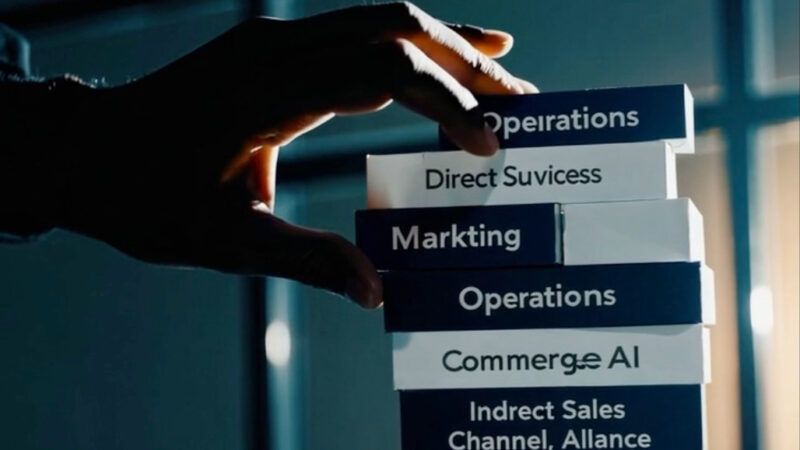Five Dysfunctions of a Team
Since 2000 (over a decade), I’ve spent time reflecting on how to improve my ability to create the best dynamic within my executive teams. And, to be honest, no matter how long I’ve been at this, I feel that building genuine teamwork in all organizations remains a challenge….which is why I think about it constantly. Patrick Lencioni teaches that teamwork can be distilled into FIVE simple, but powerful characteristics….all very much interrelated.
If even one of the following characteristics below proves to be an issue with even just one individual, it breaks down the strength you may have in other areas…and the strength you have with other team members, making it lethal for the success of the entire team.
Absence of Trust
 If there are ANY team members who are not genuinely open with one another about their mistakes and weaknesses, there is no possibility to build a foundation for trust. What I mean is that YOU must be vulnerable within the group. This means sharing your own “secrets”…what are you doing wrong, where you think you are weak, where you need help.
If there are ANY team members who are not genuinely open with one another about their mistakes and weaknesses, there is no possibility to build a foundation for trust. What I mean is that YOU must be vulnerable within the group. This means sharing your own “secrets”…what are you doing wrong, where you think you are weak, where you need help.
I’m sure you’ve heard this as it applies to relationships in general. If you can’t share the dirt about yourself, how do you expect to win over the trust of others. Being reserved and guarded only gets you so far.
Fear of Conflict
People who lack trust are incapable of engaging in unfiltered and passionate debate of ideas. Instead, they resort to veiled discussions and guarded comments….”back room dialog”. DO NOT discuss important topics behind closed doors. PERIOD.
Lack of Commitment

Without being able to air your opinions publicly with the team (due to a fear of conflict), you will eventually be less inclined to buy into and commit to decisions made by the team. Why would you? You didn’t get a chance to feel like you were a part of the decision…because you held back your view in open debate. Are you with us? Yes, Maybe, No…BULLSHIT. Become part of the decision-making process and either AGREE or agree to DISAGREE. But get behind the decision, either way by being a part of it.
Avoidance of Accountability
 So you ARE NOT committing to the plan of action. Or maybe you hesitate to call others out on their actions and behaviors that seem counterproductive to the good of the team.
So you ARE NOT committing to the plan of action. Or maybe you hesitate to call others out on their actions and behaviors that seem counterproductive to the good of the team.
It’s a big question whether you are willing to be accountable for your own actions, AND whether you are willing to be an active participant holding others accountable. Why should you care? Ahhh…things will somehow get better on its own….and it’s not your job! Right? Or maybe you’ll just walk away….it’s easier to say, “This group isn’t for me.” Wrong. You’ll have this issue no matter where you go. Don’t be weak. Be a strong leader and resolve the issues. Hold yourself and others accountable until you are able to push past the challenges.
Inattention to Results
 Failure to hold each other accountable in open, healthy debate, creates an environment which leads to each person thinking about themselves.
Failure to hold each other accountable in open, healthy debate, creates an environment which leads to each person thinking about themselves.
Why am I not getting the support I need? It’s THEIR fault that I’m in my current position. My results are a function of my situation, and has less to do with me.
Have you heard this before? Maybe you’ve also heard, “Why should I help someone else meet their goals?” Whether it’s sales, marketing, engineering, finance….know people who care more about themselves than the good of the group?
Once team members put their individual needs ahead of the team’s, the team becomes a group of individuals….and the company fails to meet its overall objectives. This attitude stems from one or more weak links in the chain….a lack of trust, or a fear of conflict, little to no commitment to decisions made by the team, or a lack of interest in holding others accountable.
Feel like this applies to you? Well, don’t just sit there…ACT!! If you don’t, YOU ARE THE WEAK LINK….and you don’t even know it.
If you’re looking for a deeper summary, try this set of cliff notes.






One thought on “Five Dysfunctions of a Team”
Comments are closed.